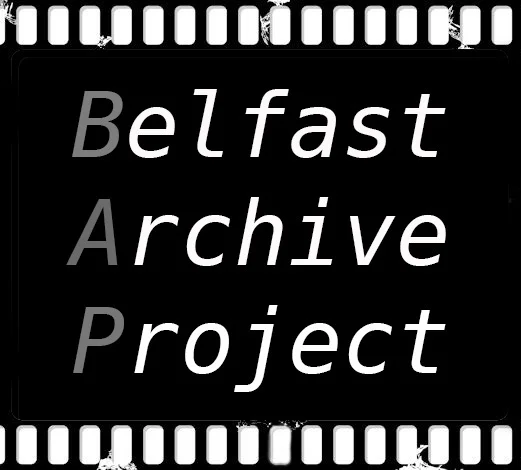Return to the Row, by Bill Kirk
Return to the Row, by Bill Kirk
June 2019.
Words by Glenda Davies, Frankie Quinn, Bill Kirk.
135 pages.
138 colour photographs.
This idea started in early 2016 following the success of Kirk’s BAP exhibition and book of photographs from 1974.
Nearly 45 years after his groundbreaking work on Sandy Row, including his well-known Klondyke Bar series, Kirk returned to the area to find contemporary images of a community on the cusp of another major “re-development” phase. Indeed, the initial impulse for documenting Sandy Row during the early 70s was to bear witness to the decimation of one of Belfast’s oldest working-class communities. This new photographic work is testament to his respect for the people. Our hope is that this work reveals how a still thriving community continues to cope with the economic displacements that come with being located near the developing city centre. As the expansion of the city slowly encroaches into the area, there is the reality that gentrification may forever change the face of Sandy Row.
Kirk’s work has always been known for empathically capturing individuals and their everyday ways of life. His curiosity for the details is most shown in the images of home interiors where lives are lived and intimate memories are made.
I look upon my new Sandy Row photography from many different angles, not least being that nearly half a century has passed since my 1970’s project.
Those years have ushered in the digital age and astonishing advances in camera technology. However, the same years have been added to my lifespan, making me 82 years old and almost certainly engaged on my swan-song.
In there early days of July 2017 the Magnum photographer Gilles Peress travelled from Manhattan to Sandy Row and other Northern Irish locations. Although I had been friendly with him in the 1970s I strangely found myself uneasy and in awe of his great reputation. This time round I was shy in his presence and unable to respond appropriately when he said that one of my ’70’s photographs of him had placed him in the very culture of Sandy Row.
My documentary method is to walk about taking simple record shots of objects or people of interest. I always hope that as I seek to be open and receptive I may get lucky and find the offbeat, humorous or surreal images that can surprise, raise questions, or entertain, but never, ever, at anyone’s expense. These ‘special’ images can only be a small proportion of a total shoot, and they cannot be forced. It is down to luck. But this may be where art comes into the debate.
In 1973-74 Sandy Row housing was atrocious. You could not walk past. It absolutely had to be photographed. Mrs Elliott of Boyne Square said to me “Show what the landlords do to us, son.”
People from the Falls Road who saw my photographs of 1970’s Sandy Row in 2010 said, “Hey, we thought we were the victims”.
Poverty is strangely hidden in Sandy Row today. Although there are food banks, all the living rooms, lounges and kitchens are lovely. Like wee palaces!

